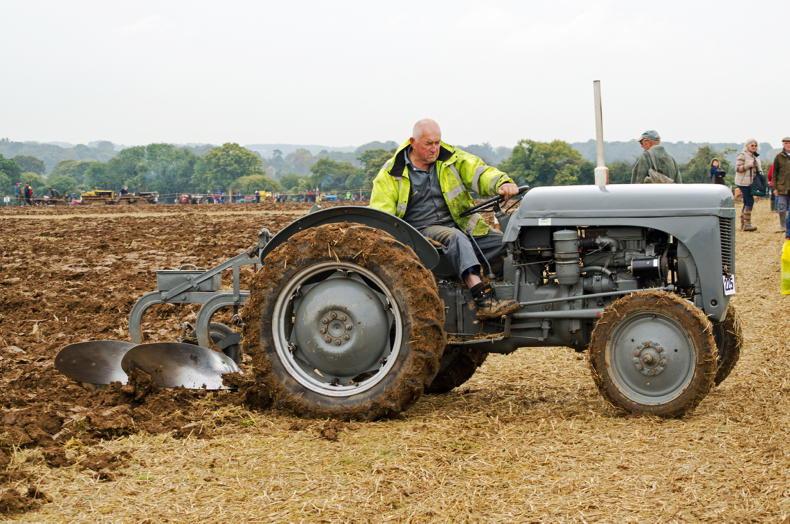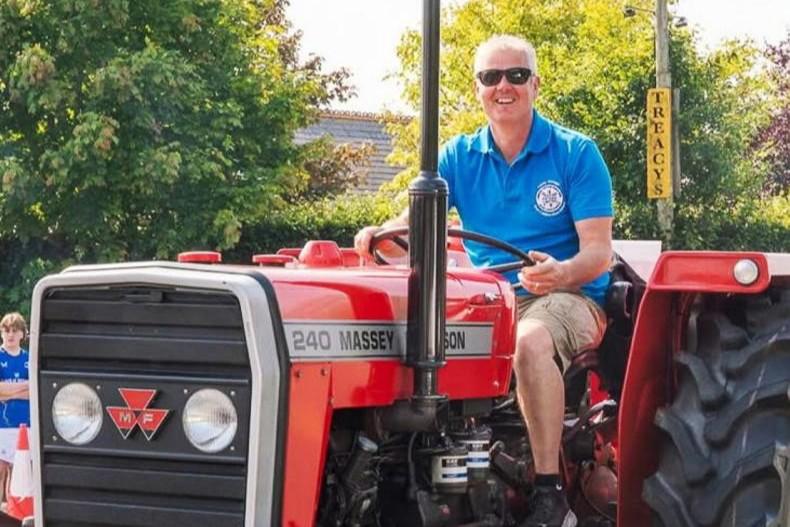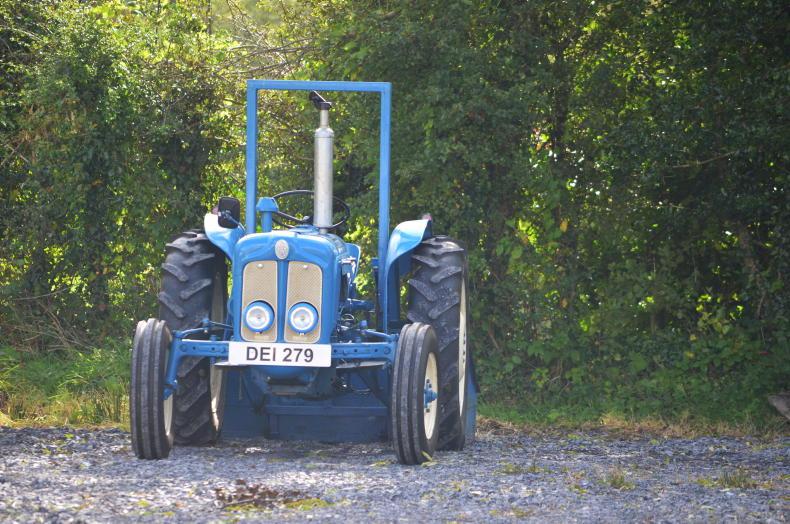In the 1950s in rural Ireland, many small farmers were operating their farm machinery by horse power. Yes, with the power was an actual horse. Some farms had two or three horses; smaller farms had one horse or a pony. It was a poor small holding indeed that only had a donkey as its beast of burden. These animals ploughed, carted hay and drew loads of turf from nearby bogs. They had starred in this role for decades and their sickness or loss was a deathblow to any farmer intent on completing his year’s work.
Through time; however, the rattle of the horse mowing machine was replaced with the rattle of tractors – many of them with the pulling power of 10, 20 or even 50 horses. There were many varieties of tractors with various engine sizes, burning all kinds of fuel from petrol to paraffin to diesel. Some of the early giants even ran on steam. The size of the tractor was often determined by the size of the farm. In the rural west, something small, handy and light was required. Here, a trusty little grey tractor proved itself to be the perfect fit.
The Ferguson TE20 was designed by Harry Ferguson and was manufactured from 1946 until 1956. It was commonly known as the “Little Grey Fergie”. It marked a major advance in tractor design; distinguished by lightweight manoeuvrability while, at the same time, packing a relatively powerful 28hp engine.
The TE20 popularised the hydraulic three-point linkage system around the world, and the system quickly became an international standard for tractors of all makes and sizes which has remained to this day. In many parts of the world, the TE20 was the first tractor to be affordable to the average farmer and nowhere was its worth more handsomely proved than in the west of Ireland.
There was no farm task that couldn’t be tackled with a Ferguson 20. It was light enough to take to the bog, yet strong enough to plough a lea field with a two-furrow plough. It was fast enough to take to town and small enough to store in the old cart house. Men who had never previously driven a motorised vehicle now excelled behind the wheel of their new best friend. They mowed meadows, manured fields, hauled spuds and even pulled cows from bog-holes – and all this without ever leaving the comfort of their hay-cushioned seat.
Come Saturday night, the four-speed could take a young man quite handily to the Ballroom of Romance and, a few hours later, to Sunday mass. The Fergie parked outside either location was no embarrassment; it was a status symbol. The one who owned it was up and coming.
As time passed and farms and tractors got bigger, the fleet of little 20s passed down to the next generation of small farmers. These tractors, only manufactured for a 10-year period after World War II, were often the main form of power on small farms for the following 50 years. They were simple creatures; but virtually indestructible. Many TE20s remain in regular use to this day and are also a very popular collector’s item for tractor enthusiasts.
The Little Grey Fergie, the Greatest Tractor in the World, holds a special place in the history of farm mechanisation. Sure, it sounded the death knell for the magnificent draught horse on many farms, but it did so with ease – and style. Many of these little tractors embedded themselves into family farm histories as endearingly as any lovable old horse ever did, and in most cases with a more manageable temperament. CL









SHARING OPTIONS